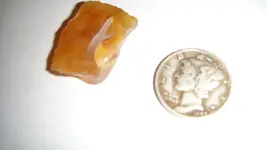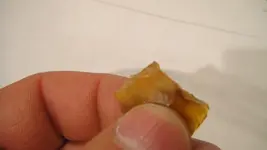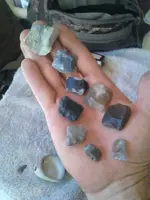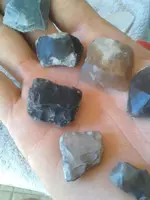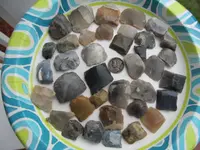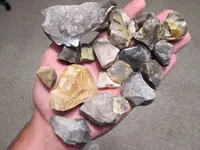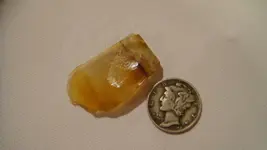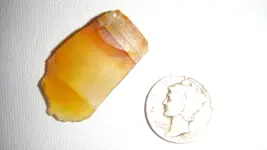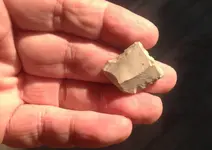boy...where to start...
first of all when I said the area wasn't settled until the 1850's I didn't mean that the natives had no prior contact with Europeans. Trade was WELL established in the 1700's and there were multiple HBC trading forts in Washington State alone. One of the things they traded was trade guns. Here is a link to the two best known ones in the area.
Fort Vancouver - Wikipedia, the free encyclopedia
Fort Nisqually - Wikipedia, the free encyclopedia
the American (John Jacob Astor) Fur company was also active in the area...read here...(Astoria)
Astoria, Oregon - Wikipedia, the free encyclopedia
there was also the rival "Northwest Company" and also the "Russian American Company" active in the area....so...yes...trade guns were present.
The area I found this in was in the heart of coastal Chinook country, not 15 miles as the crow flies from modern day Astoria. this is what Meriwether Lewis had to say about the Chinook and trade guns....
On January 15, 1806, Captain Lewis commented on the armament of the Chinook Indians, incidentally revealing the quality of their arms, and their tendency to abuse them (cp. "Thunder Gun ").
[TABLE="width: 380, align: center"]
[TR]
[TD="class: journal"]
their guns are usually of an inferior quality being oald refuse American & brittish Musquits which have been repared for this trade. they are invariably in bad order; they apear not to have been long enouh accustomed to fire arms to understand the management of them. They have no rifles, . . . obtain their ammunition from the traders; when they happen to have no ball or shot, they substitute gravel or peices of potmettal, and are insensible of the damage done thereby to their guns.
[/TD]
[/TR]
[/TABLE]
Even though the Hudson’s Bay Company and other traders passed tens of thousands of trade fusils to the Indians, the guns are quite scarce today. In the hands of the Indians, the guns suffered extensive use and abuse. When they were beyond repair, they were broken down for scrap. The buttplates were typically used as hide scrapers, and the barrels were flattened at the muzzle to serve as digging implements
...did you read the part about "tens of thousands"?.......
so I think we can safely say that .."yes" trade guns were VERY present in the area that I found this.
now let's see....oh yes...."French" gun flint....it could be French but surely doesn't have to be...it could easily be native made out of inferior material which may explain the damage....flint is chalcedony...so is carnelian.....if this is native carnelian than it causes steel too spark, perhaps not as good but try it yourself.
All my artifacts from Washington State are from the Chinookian area, which as you know is most definitely not the same as the Salish area you hunt.
as for your 65 years...pah....I can see you that and raise you a decade...born and raised....
I think i covered it....but let me know....




